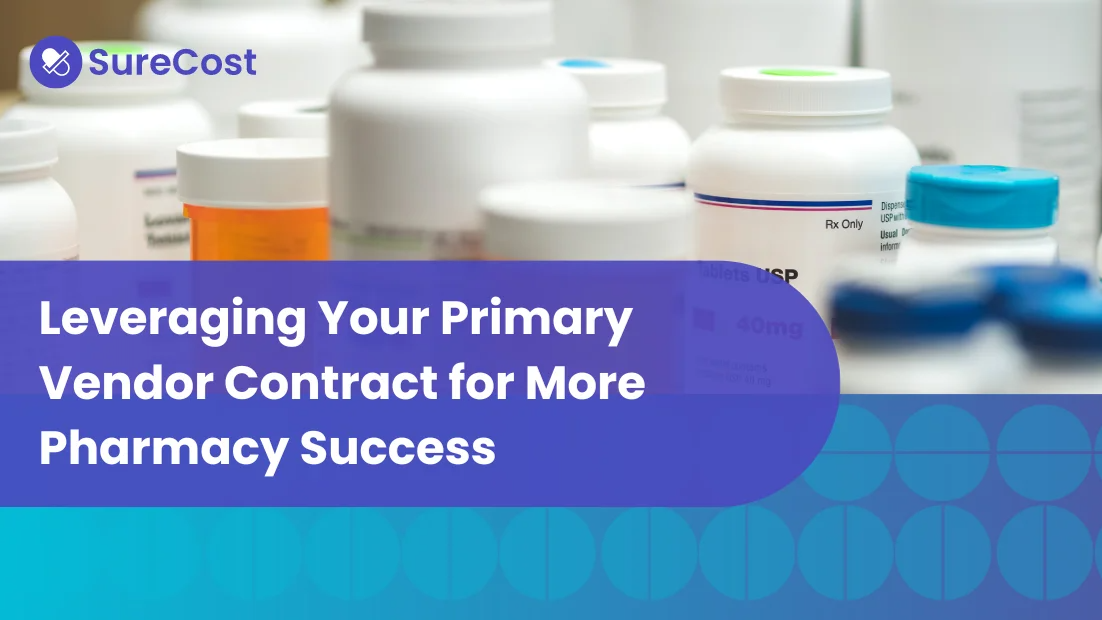“Who has time to read through their entire contract and keep checking on their pharmacy’s compliance?”
At SureCost, we hear this question all the time. It turns out the answer is “successful pharmacies.” Compliance can drive savings and deliver business insights. In a competitive pharmacy industry, pharmacies must leverage data to do more than follow the requirements; they must monitor compliance to optimize purchasing through their primary vendor and the entire market.
In this article, we’ll show you how compliance with your primary vendor can actually enhance your purchasing.
The Cost of Non-Compliance
To start, we’ll admit it: primary vendor contracts are complex. These agreements stipulate a range of requirements, including:
• Source compliance rate
• Included/excluded products
• Multiple rebate tiers for generic and brand name products
• Minimum purchase volume on total and minimum spend
• Generic spend both as total percentage and total spend
• How long do pharmacies have to report discrepancies
When they don’t adhere to all of these terms, pharmacies leave money on the table. You miss out on rebate savings—money that vendors are otherwise obligated to pay. You also risk incurring costly penalties for non-compliance. If you’re not consistently following the terms of your contract, it can also impact the relationship with your primary vendor. You’ll have less room to negotiate better terms in the future. It might even mean longer wait times for customer service issues.
Plenty of factors are already raising your cost of goods sold (COGS) and taking up hours of the day. Be sure you’re not adding to the burden because of non-compliance. Read more >




